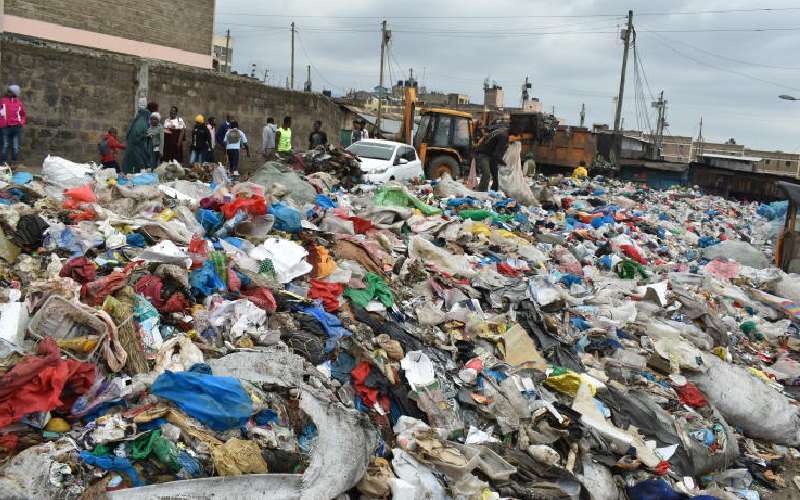×
The Standard e-Paper
Kenya’s Boldest Voice

Piles of uncollected garbage in Eastleigh section three.[Samson Wire. Standard]
Nairobi, the one-time ‘Green City in the Sun’ has for decades struggled with the garbage menace now affecting over four million residents. One of them is Karim Mugamba, a matatu operator along Mfangano Street in the Central Business District.